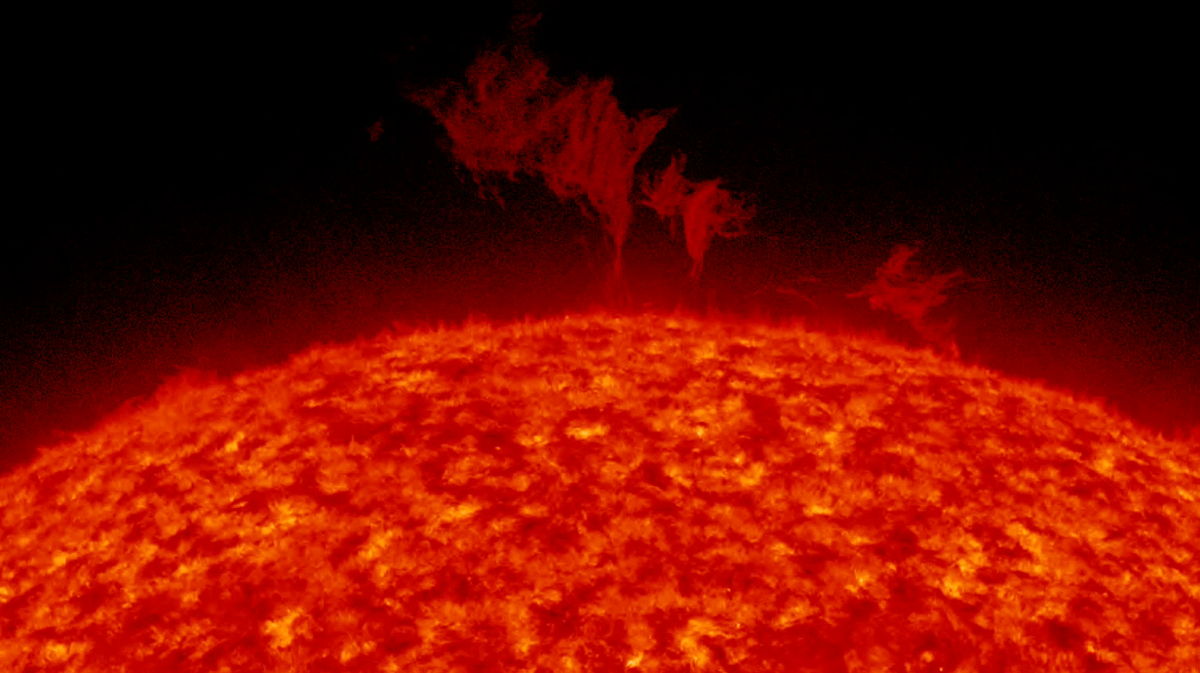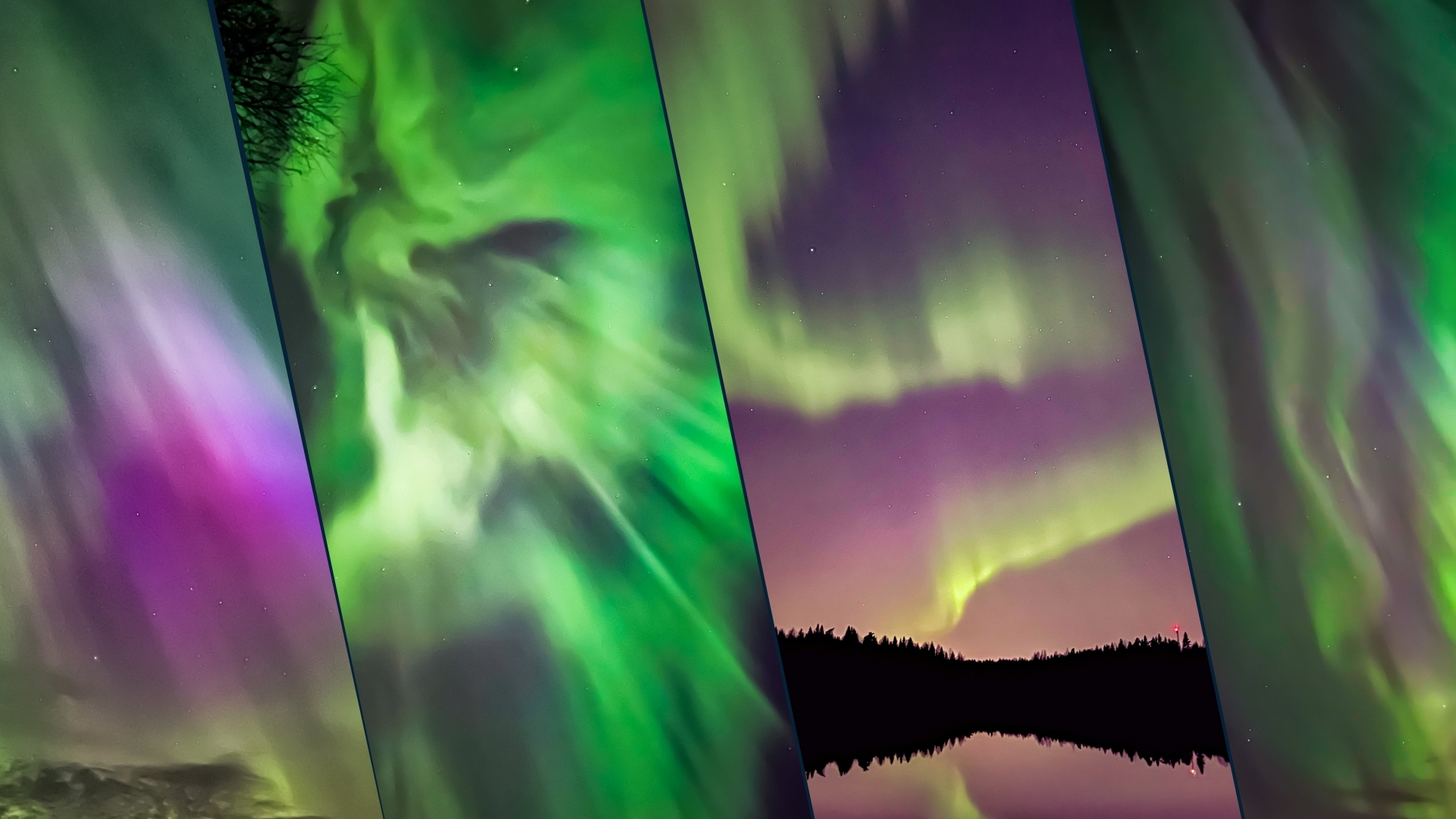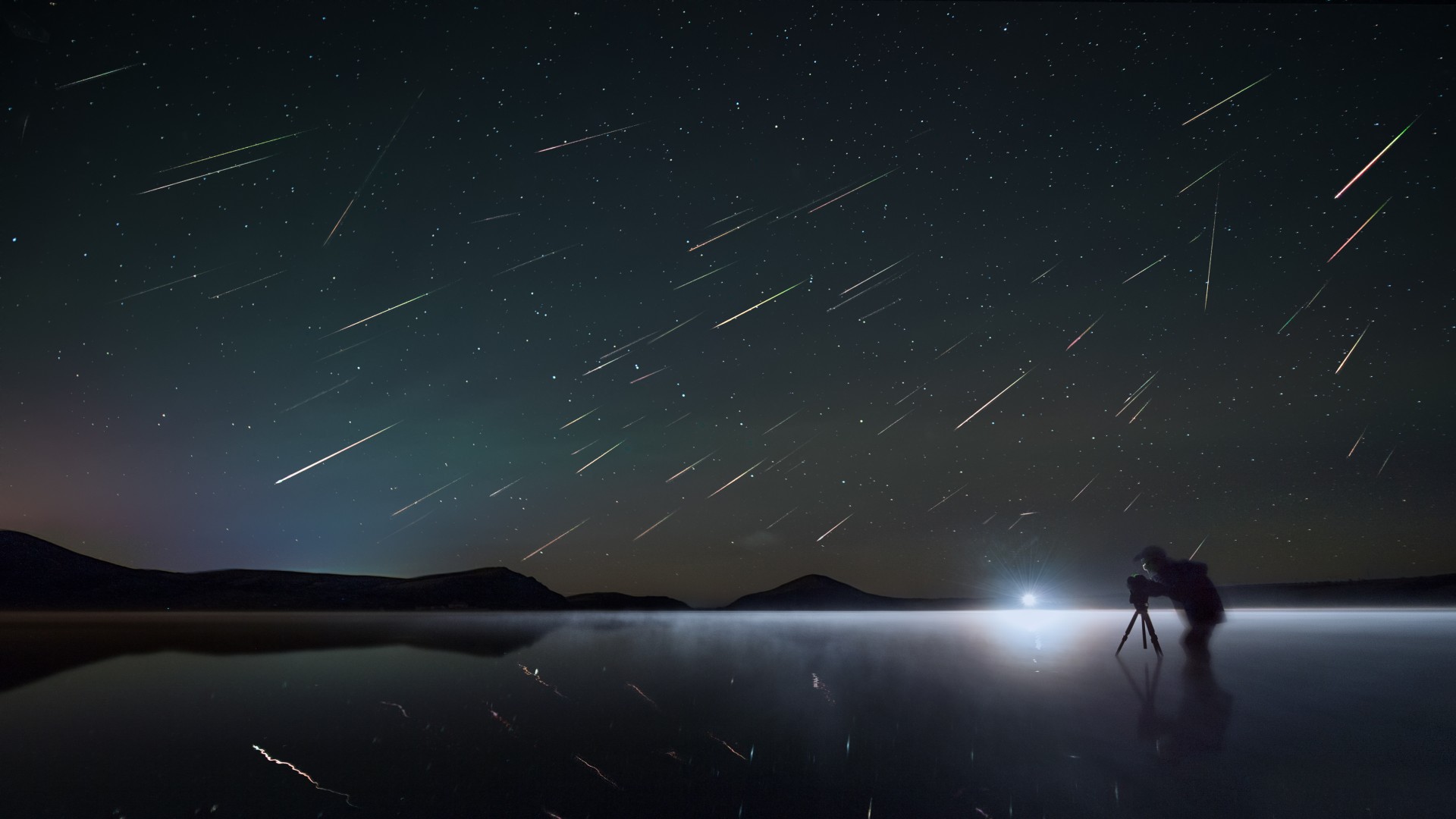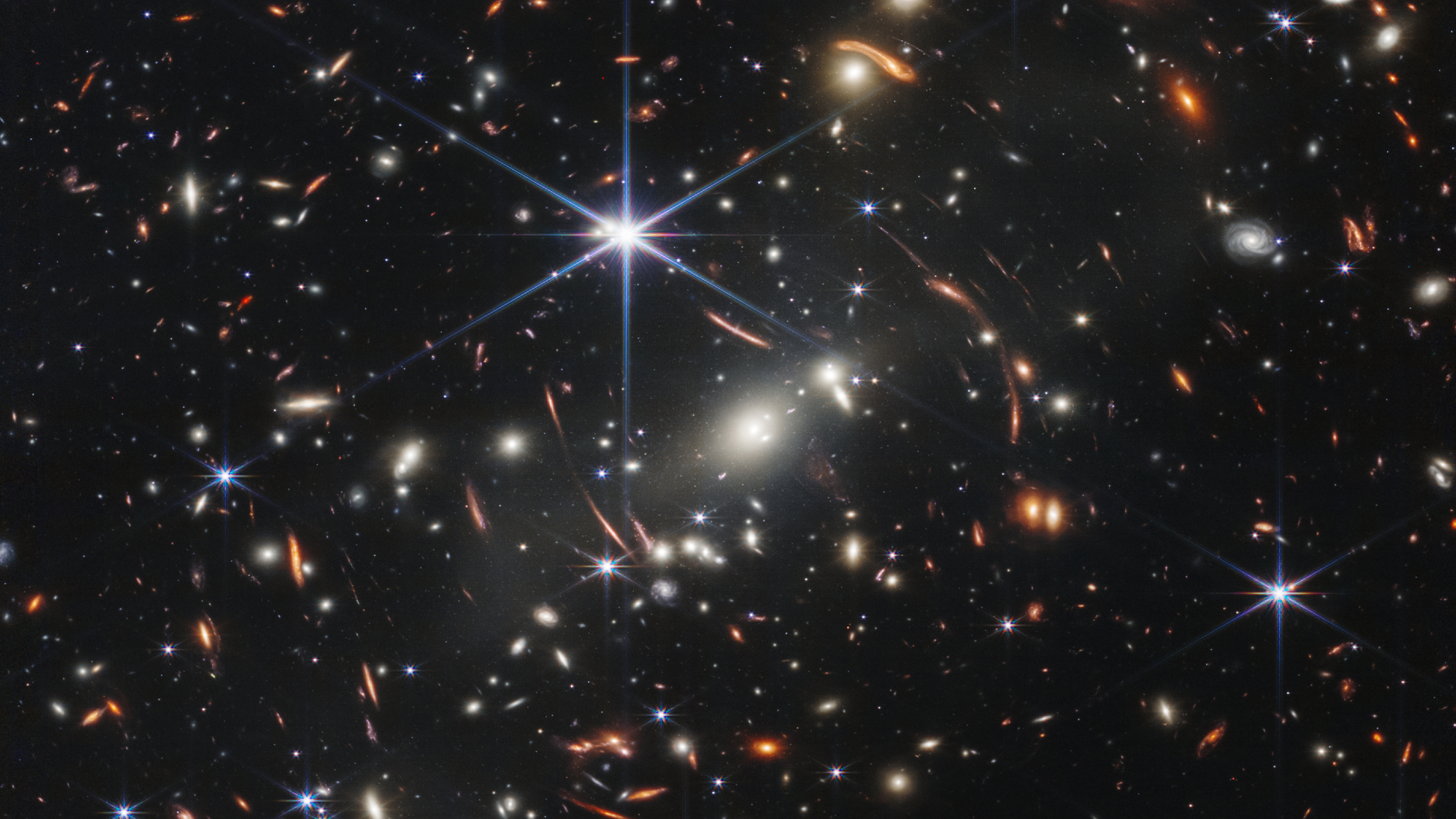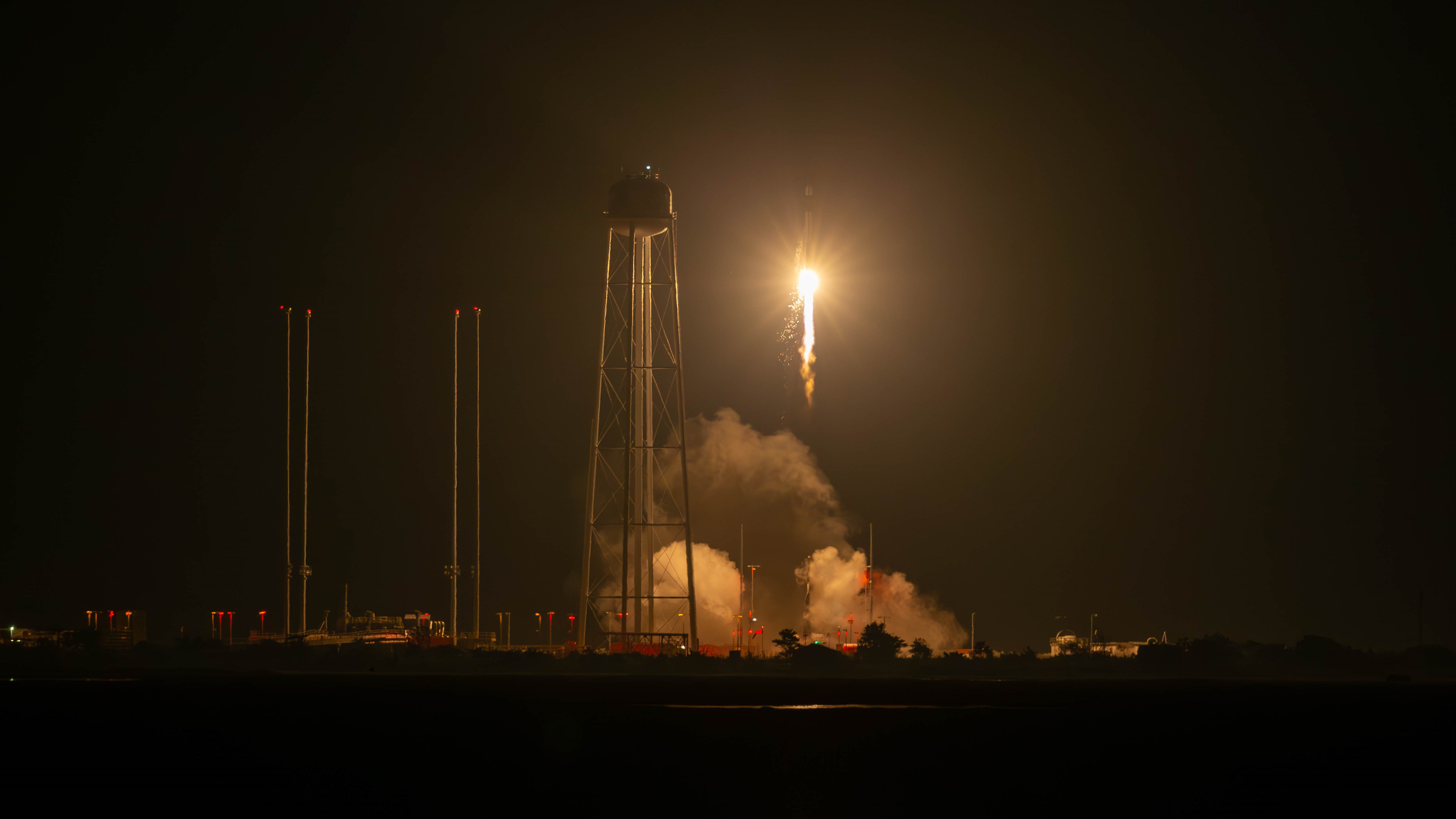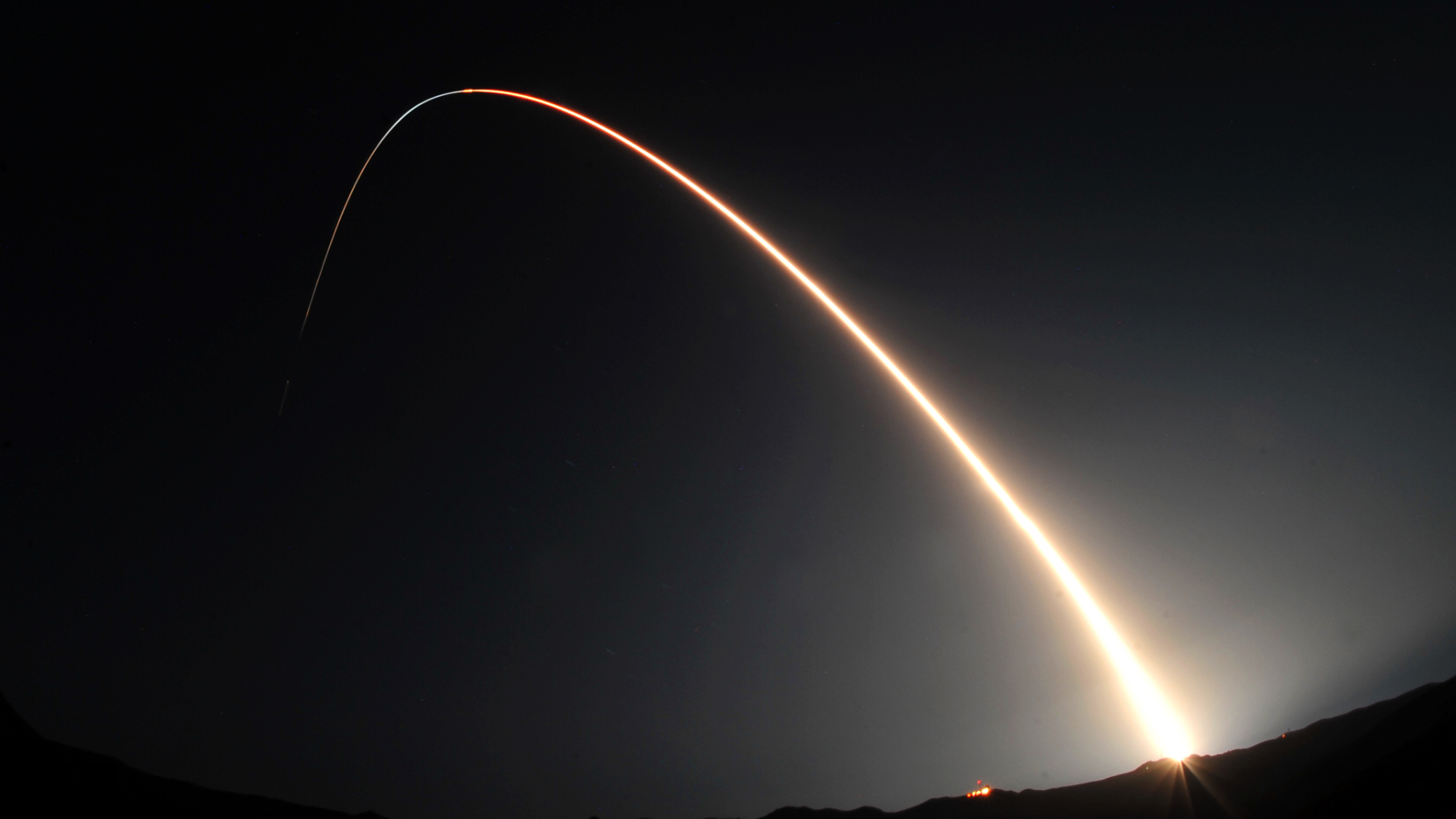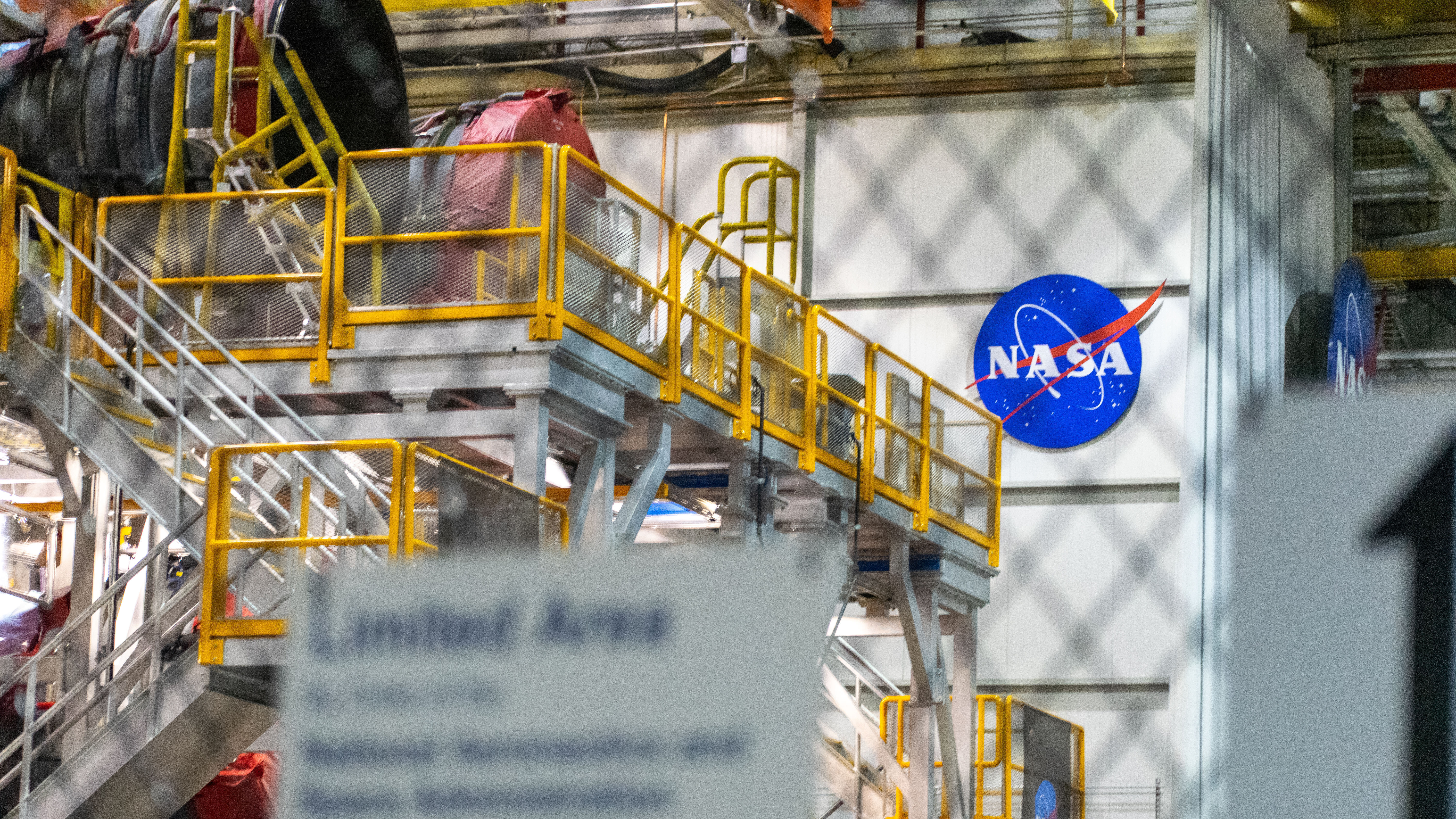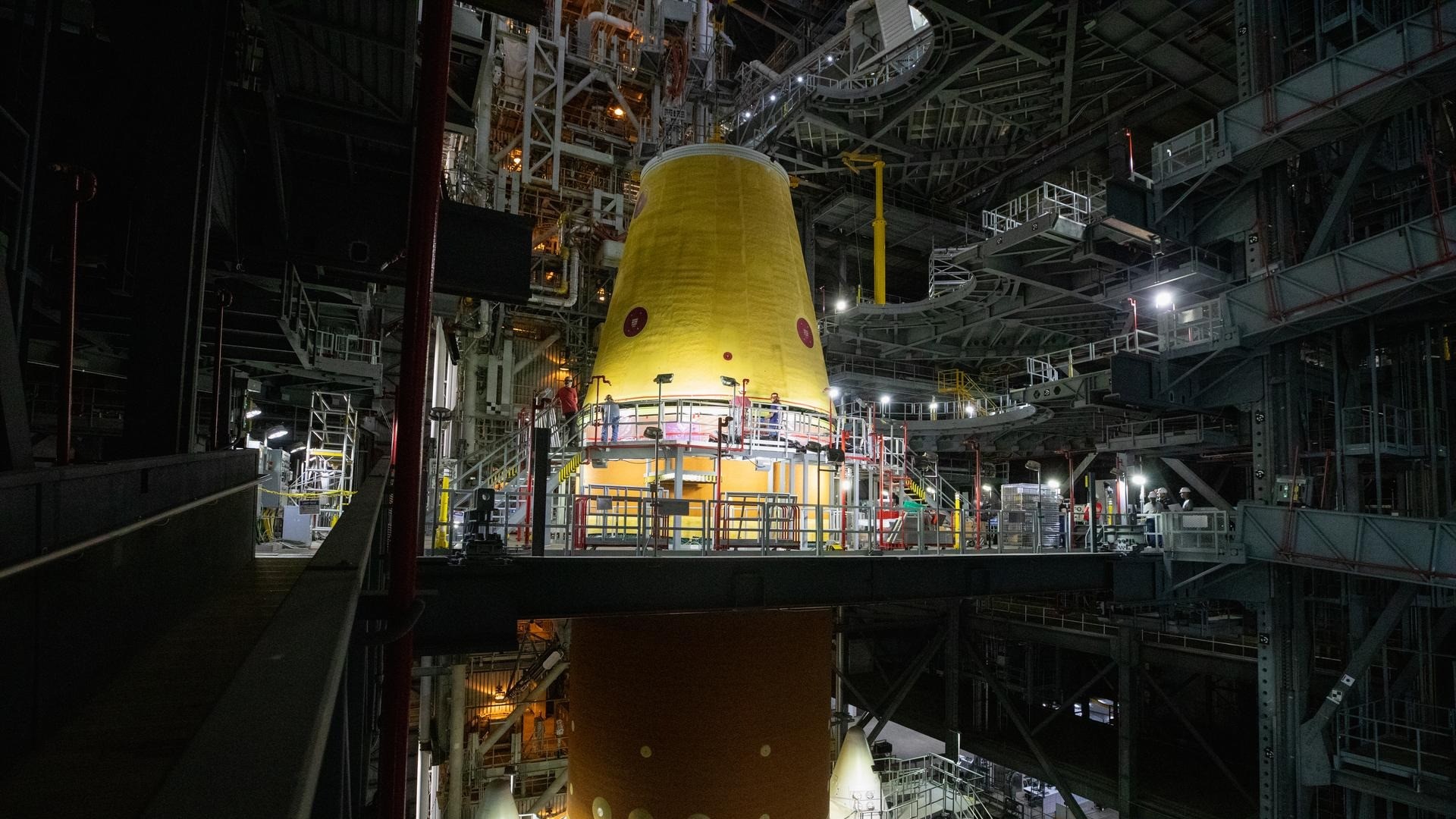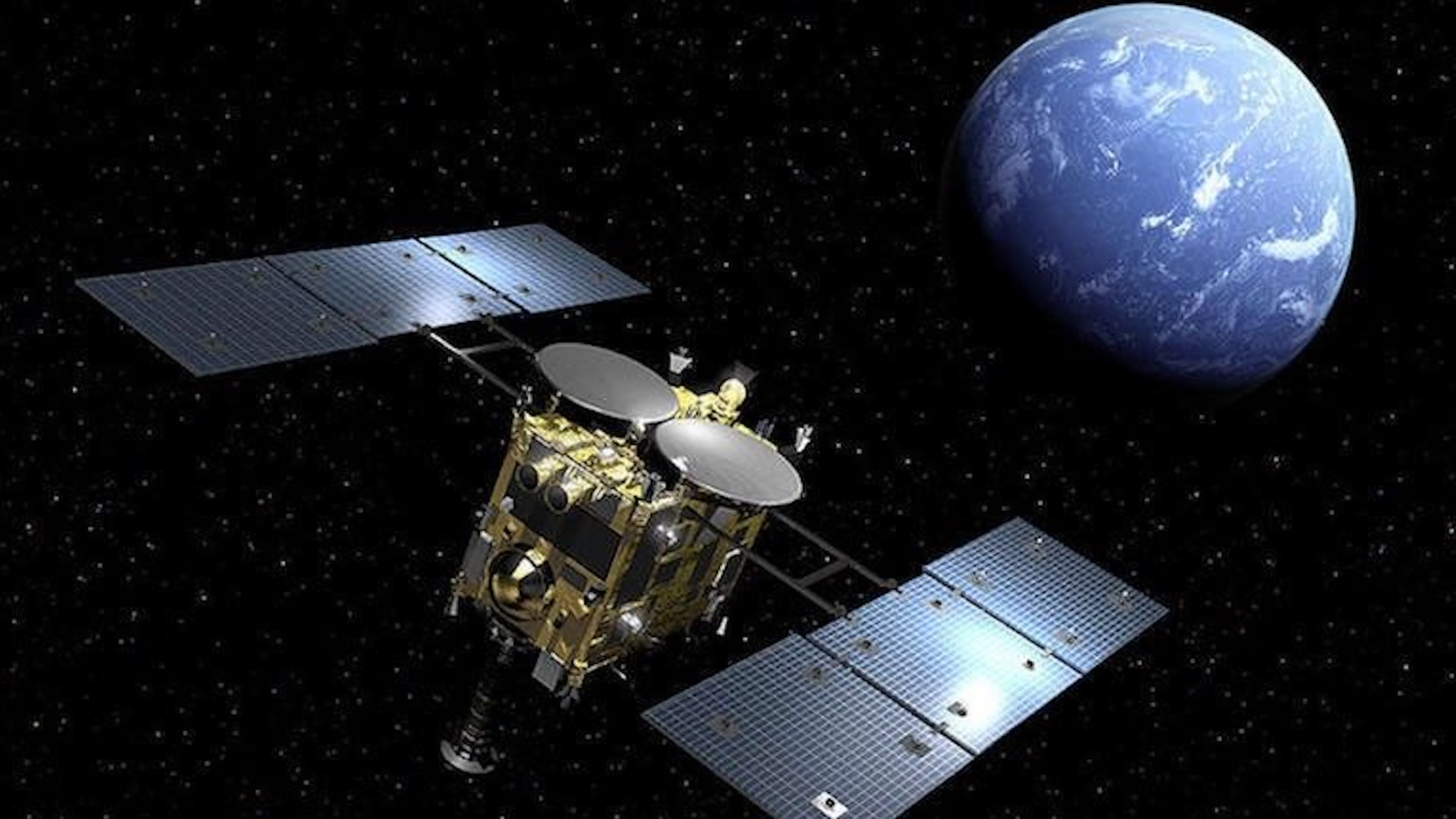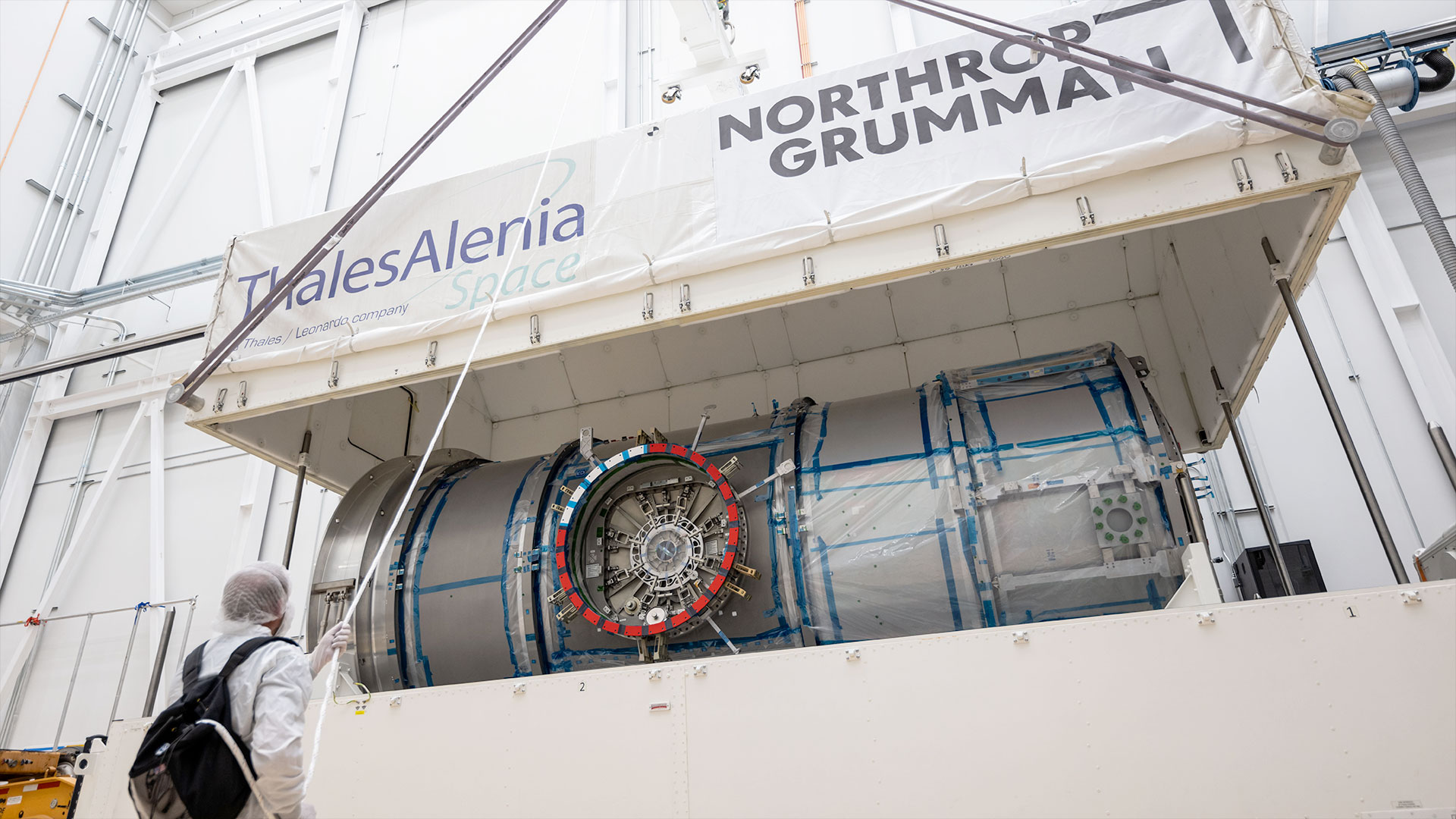Virgin Galactic SpaceShipTwo Pilots Awarded FAA Astronaut Wings
The United States now has two new Commercial Astronauts.
Virgin Galactic test pilots Mark "Forger" Stucky and Frederick "CJ" Sturckow were awarded Commercial Astronaut Wings by the Federal Aviation Administration (FAA) on Thursday (Feb. 7). The two were recognized during a ceremony held at the Department of Transportation in Washington, D.C., for their Dec. 13, 2018, flight aboard Virgin Galactic's SpaceShipTwo "VSS Unity," which was the first time that the vehicle had flown into space.
Stucky and Sturckow piloted the commercial suborbital craft to an altitude of 51.4 miles (82.7 kilometers) above Earth, surpassing the 50-mile threshold that the FAA and U.S. Air Force use to award astronaut wings. [Photos: Virgin Galactic’s VSS Unity Soars to Space]
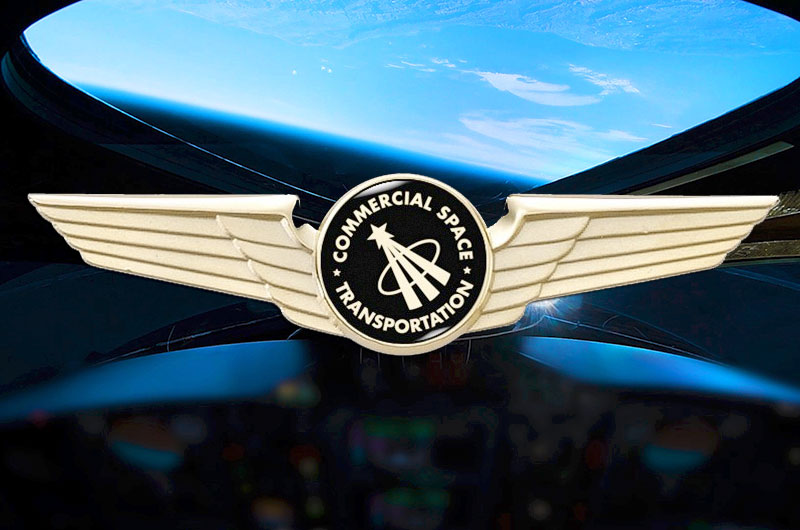
"These astronaut wings celebrate so much more than technological achievement," said Elaine Chao, U.S. Secretary of Transportation. "They are a testament to your skill, your professionalism and your persistence. You are true American patriots.”
Thursday's presentation to Stucky and Sturckow marked only the third and fourth times that the FAA has bestowed Commercial Astronaut wings. The distinction was introduced in 2004 to recognize Mike Melvill and Brian Binnie, who piloted Scaled Composites' SpaceShipOne on the suborbital spaceflights that led up to and won the $10 million Ansari X Prize competition.
Virgin Galactic's SpaceShipTwo was built upon the design of SpaceShipOne to be suited to fly passengers on commercial launches.
Stucky, who became the 568th human to fly above 50 miles, has been a pilot with Virgin Galactic since 2015. Previously, he flew for the U.S. Marine Corps and U.S. Air Force. From 1993 to 1999, Stucky served as a research test pilot for NASA at the Dryden (now Armstrong) Flight Research Center in California, flying the SR-71 "Blackbird," among other aircraft. He also worked as a commercial airline pilot for United Airlines.
Get the Space.com Newsletter
Breaking space news, the latest updates on rocket launches, skywatching events and more!
"Receiving Commercial Astronaut wings is an honor for me as it is acknowledgment of a personal achievement. But it goes beyond that; it's really an acknowledgment of a company achievement," Stucky said in a statement, referring to Virgin Galactic, but also the engineers who built and tested SpaceShipTwo at Scaled Composites and The Spaceship Company. "And these wings are really dedicated to them."
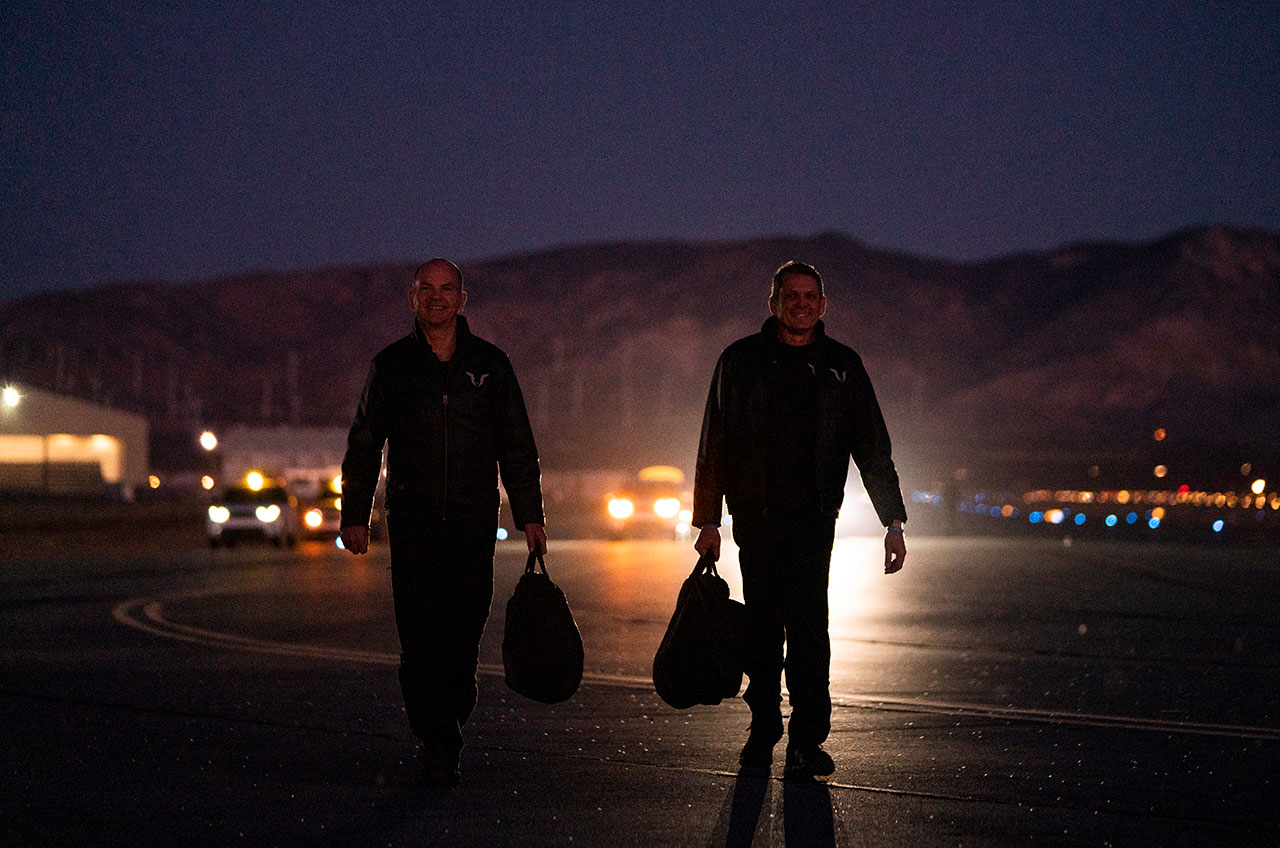
Sturckow is the only person to date to be recognized as an astronaut by both NASA and the FAA, as well as the only person to receive both Naval Aviator and Commercial Astronaut wings. A space shuttle pilot and commander, he joined NASA with its 15th group of candidates in 1994 and logged more than 50 days in Earth orbit on four missions to the International Space Station. Prior to becoming a NASA astronaut, Sturckow was a combat and test pilot in the U.S. Marine Corps. He joined Virgin Galactic in 2013.
Sturckow is one of only four people in history to fly both suborbital and orbital spaceflights. The others arethe first Americans in space, Alan Shepard and Virgil "Gus" Grissom, as well as X-15 rocket plane and space shuttle pilot Joe Engle.
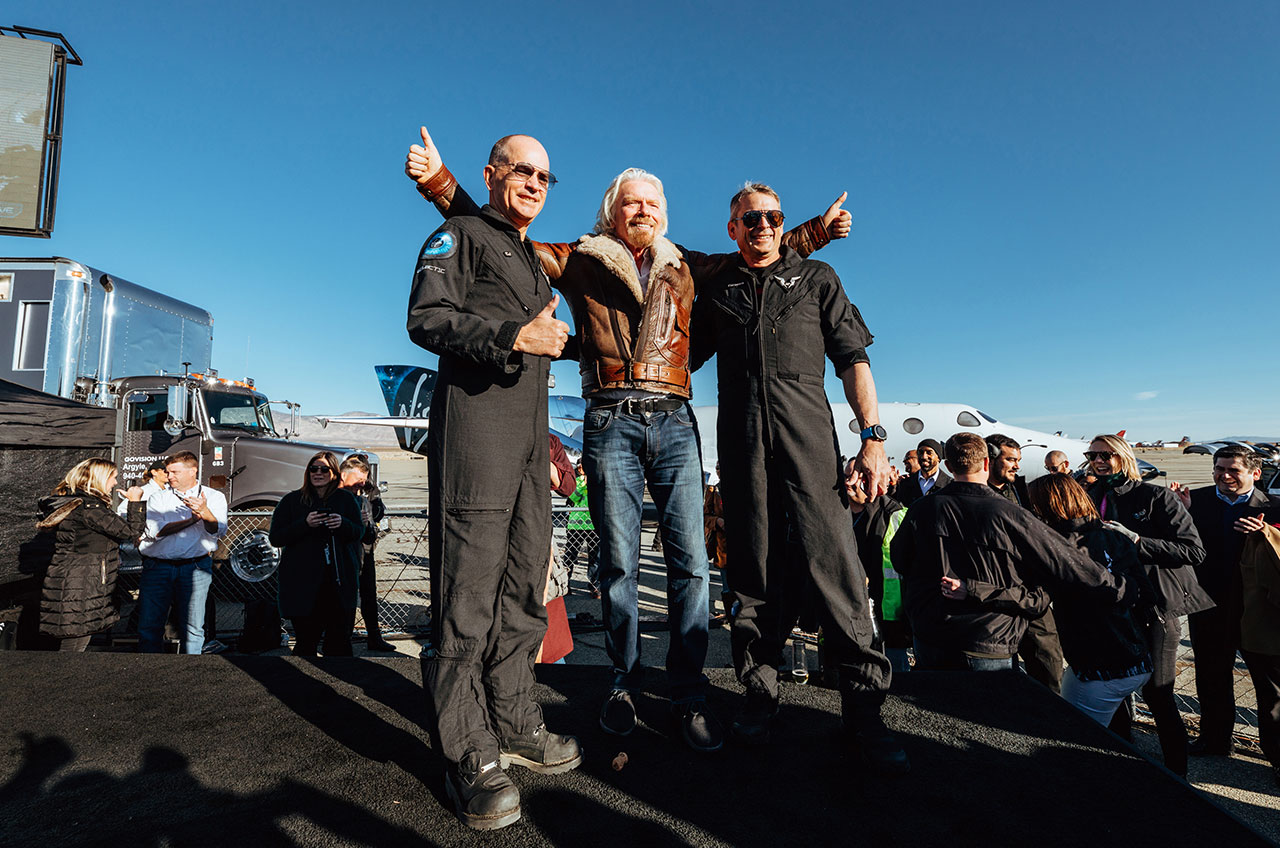
"It was a great flight, and I can't wait to do it again," Sturckow said in the same statement.
The FAA's Commercial Astronauts wings are gold with a representation of NASA's astronaut symbol at its center. The wings are inscribed "Commercial Space Transportation." (The original wings awarded in 2004 had a blue field and green globe, in addition to the astronaut symbol, at their center.)
According to the FAA, its Commercial Astronaut Wings Program "recognizes crew members who further the FAA's mission to promote the safety of launch vehicles designed to carry humans." Astronaut wings are awarded to flight crew who safely fly to and from space on an FAA-licensed mission.
"While today's awards ceremony is, of course, a proud moment for our wonderful pilots and the whole Virgin Galactic team, it is also symbolic of an enabling regulatory framework that allows for innovation while prioritizing safety," Richard Branson, Virgin Galactic founder, said in the statement. "It is this which has allowed us to pursue our dreams and which will ultimately underpin our commercial success as we seek to democratize space for the benefit of humankind."
To be eligible for Commercial Astronaut wings, pilots and flight crew members on FAA-licensed launch or re-entry vehicles must fly beyond 50 miles above Earth.
Although recognized by the FAA, Stucky's and Sturckow's Dec. 13 flight fell short of the internationally recognized altitude of 62 miles (100 km), referred to as the Karman line, used to establish astronaut status by NASA and the Fédération Aéronautique Internationale (FAI), the latter the ruling body on world air sports.
Follow collectSPACE.com on Facebook and on Twitter at @collectSPACE. Copyright 2019 collectSPACE.com. All rights reserved.
Join our Space Forums to keep talking space on the latest missions, night sky and more! And if you have a news tip, correction or comment, let us know at: community@space.com.

Robert Pearlman is a space historian, journalist and the founder and editor of collectSPACE.com, a daily news publication and community devoted to space history with a particular focus on how and where space exploration intersects with pop culture. Pearlman is also a contributing writer for Space.com and co-author of "Space Stations: The Art, Science, and Reality of Working in Space” published by Smithsonian Books in 2018.In 2009, he was inducted into the U.S. Space Camp Hall of Fame in Huntsville, Alabama. In 2021, he was honored by the American Astronautical Society with the Ordway Award for Sustained Excellence in Spaceflight History. In 2023, the National Space Club Florida Committee recognized Pearlman with the Kolcum News and Communications Award for excellence in telling the space story along the Space Coast and throughout the world.

